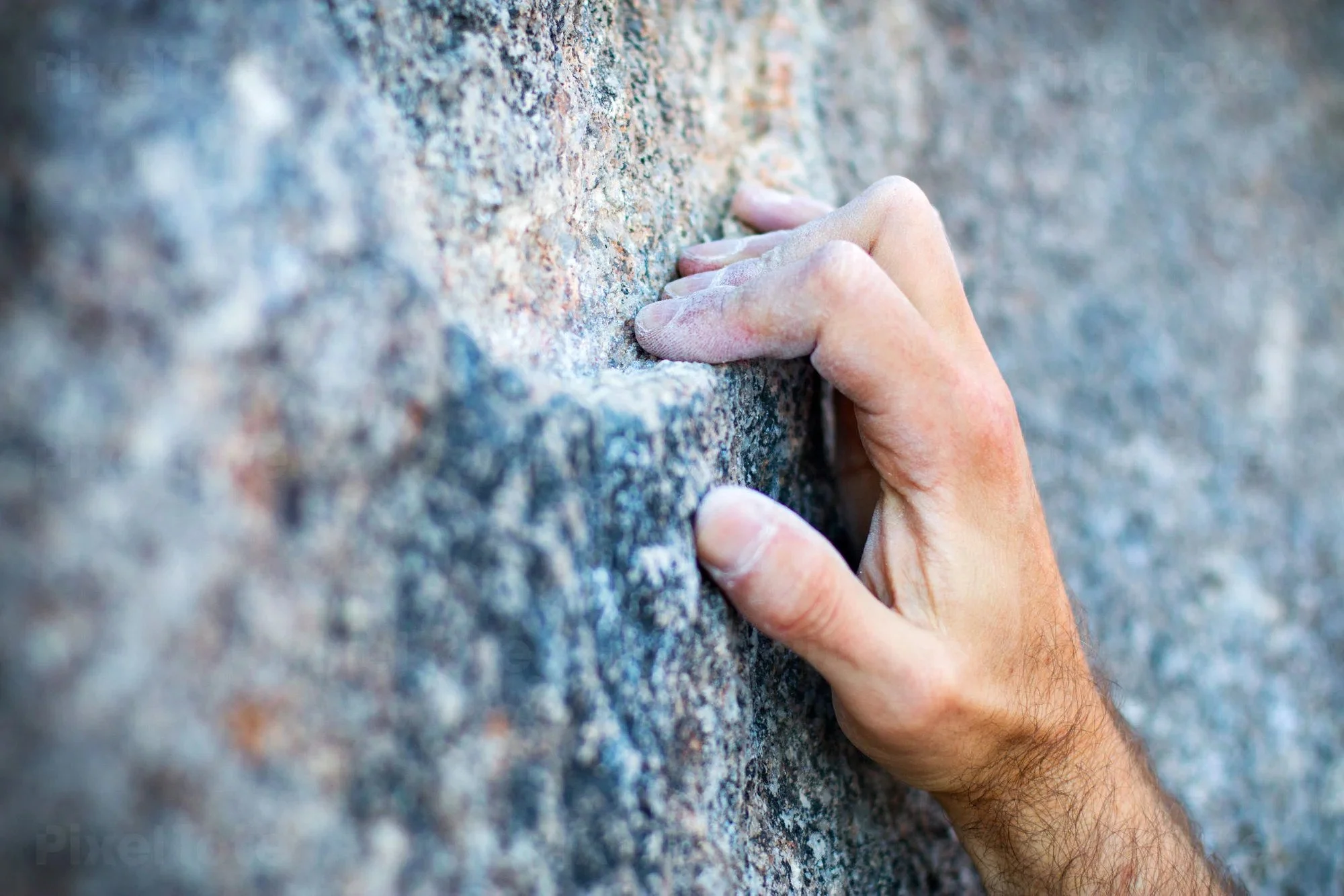Fingers, A Recovery Journey Pt.1
Hey climbers, Mateo here. There are few words that strike fear in a climber’s heart. Two of them are ‘Pulley’ and ‘Injury’. Even in Roman times, disabling an opponent’s fingers meant victory in battle. For climbers battling gravity, an injured pulley has a similar effect—without the ability to grab, there is no climbing. I may not consider myself a Centurion of climbing, but I do consider myself an injured one. To understand my injury better, I decided to take a deep dive into it. How did it develop? Why did it develop? And when the heck is it going to go away?
A climber’s journey and gradual progression toward peak performance is a thrill to behold. Sending the 9s through to 11s feels like climbing to the top of the world. However, this thrill comes with risks. As we push toward our performance peak, we may not realize that it is not a permanent state. Our bodies require recovery phases and cannot maintain peak performance indefinitely. One of the most common injuries is a pulley injury in the fingers. Sometimes we don’t know when to call it quits—a little bit of hurt that fades might not feel significant at first. But crimping increases forces on the A2 pulley by three times its normal load, making things worse over time. The issue is compounded by tendons having relatively fewer nerve endings, meaning catastrophic damage can occur suddenly and without warning if we’re not careful.
Once injured, climbing comes to a full stop. A finger injury forces you to realize how delicate your relationship with the world can be. It never occurred to me that even simple tasks like holding grocery bags or typing for work would become a struggle. It took me a long time to admit that even climbing at much lower levels of intensity wasn’t giving my fingers enough space for recovery. Anti-inflammatories and painkillers didn’t help—they only masked the injury and led me into situations that made things worse. Admitting I needed to stop completely was the first step in my recovery journey.
Realizing it was a pulley injury wasn’t immediate. The pain was spread across my hand, and swelling made it difficult to pinpoint the exact problem area. Only after a week of rest was I able to identify where it hurt most. The most common areas of injury are the collateral ligaments, lateral bands, and annular pulleys. Pain on the sides of your fingers often indicates collateral ligament or lateral band injuries, while sharp localized pain at the base of your finger points toward an annular pulley injury. At first, everything hurt—even down into my forearm—but after some rest and observation, I realized it was an annular pulley injury.
It soon became clear that all I wanted was to climb again. Stopping climbing was a good way to prevent further damage but didn’t feel like it would help with recovery or strengthen my injured finger. Halting my climbing routine was by far the hardest step—but once I overcame that hurdle, I could focus fully on recovery.

